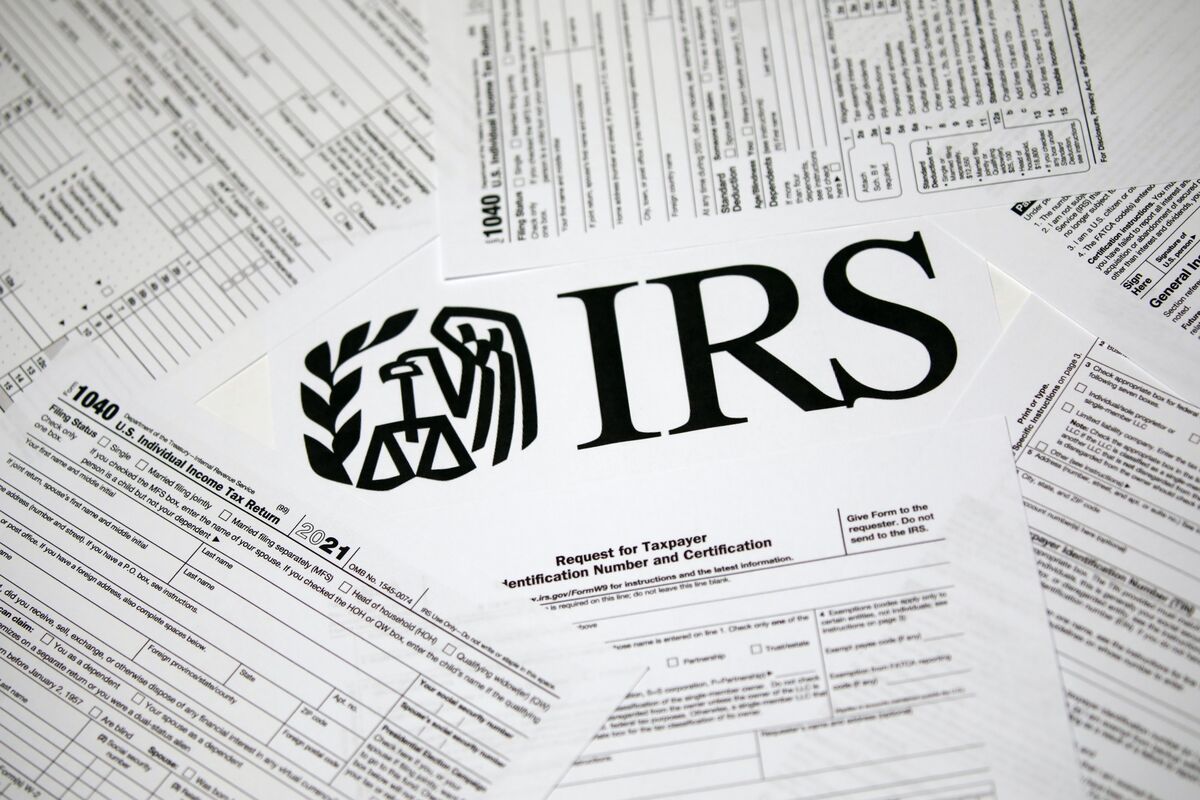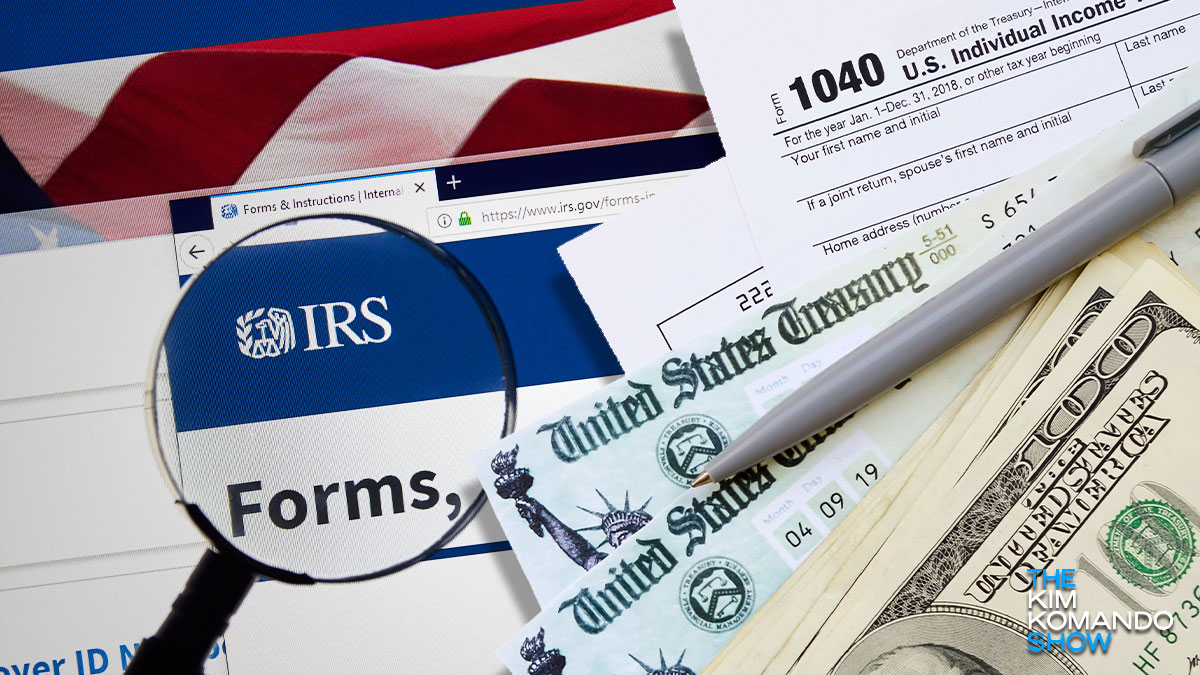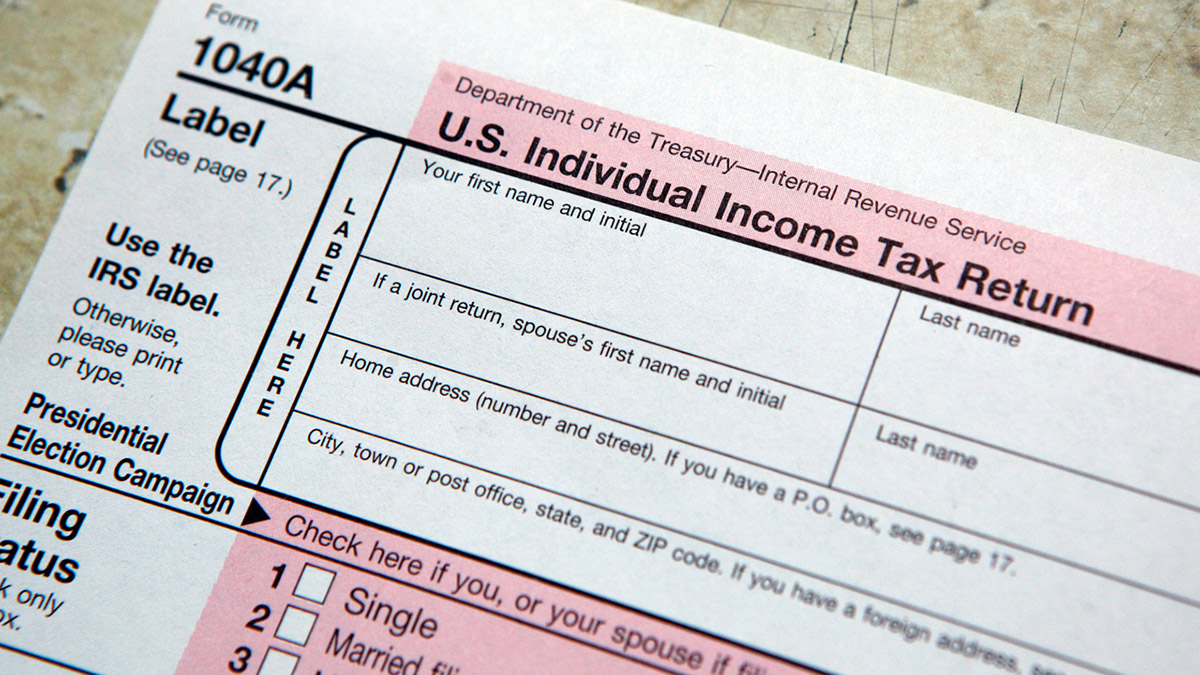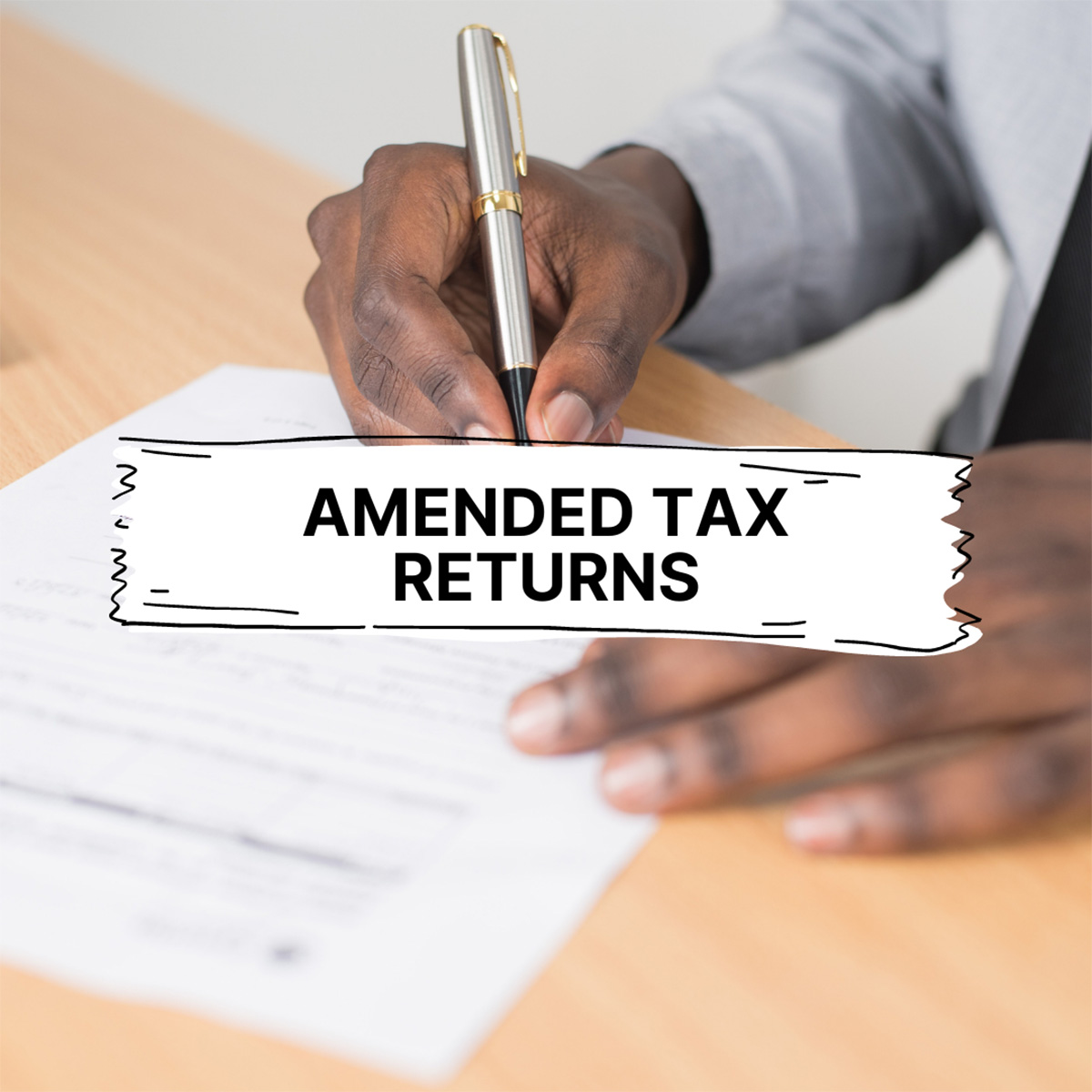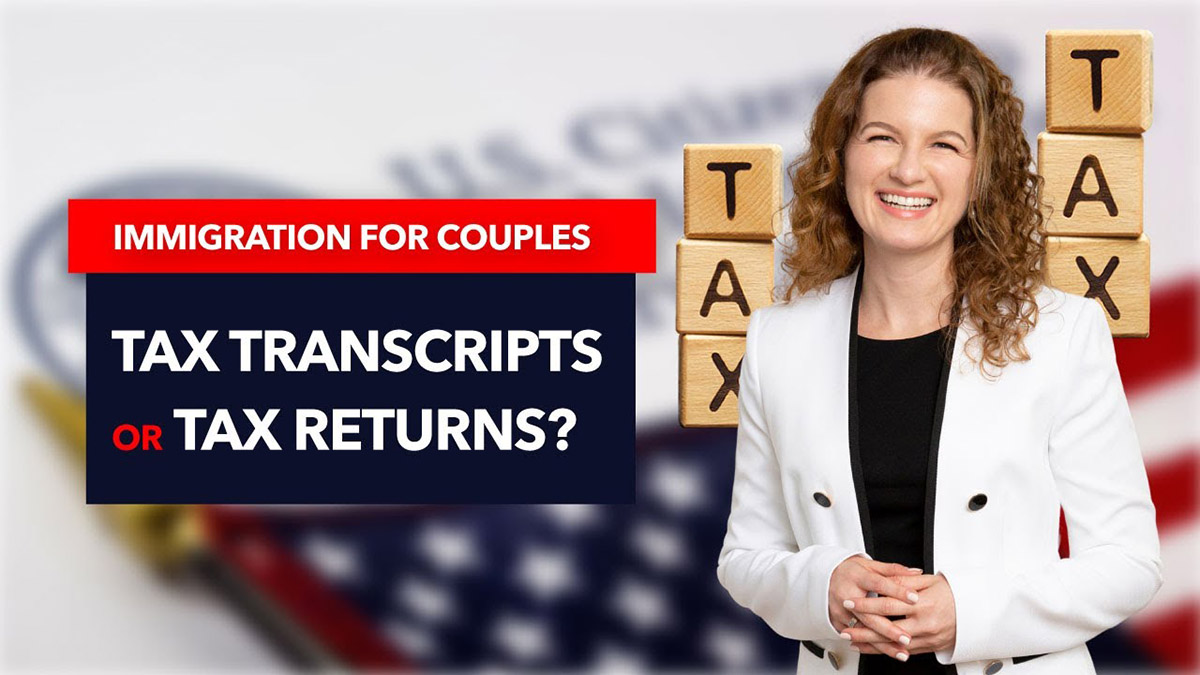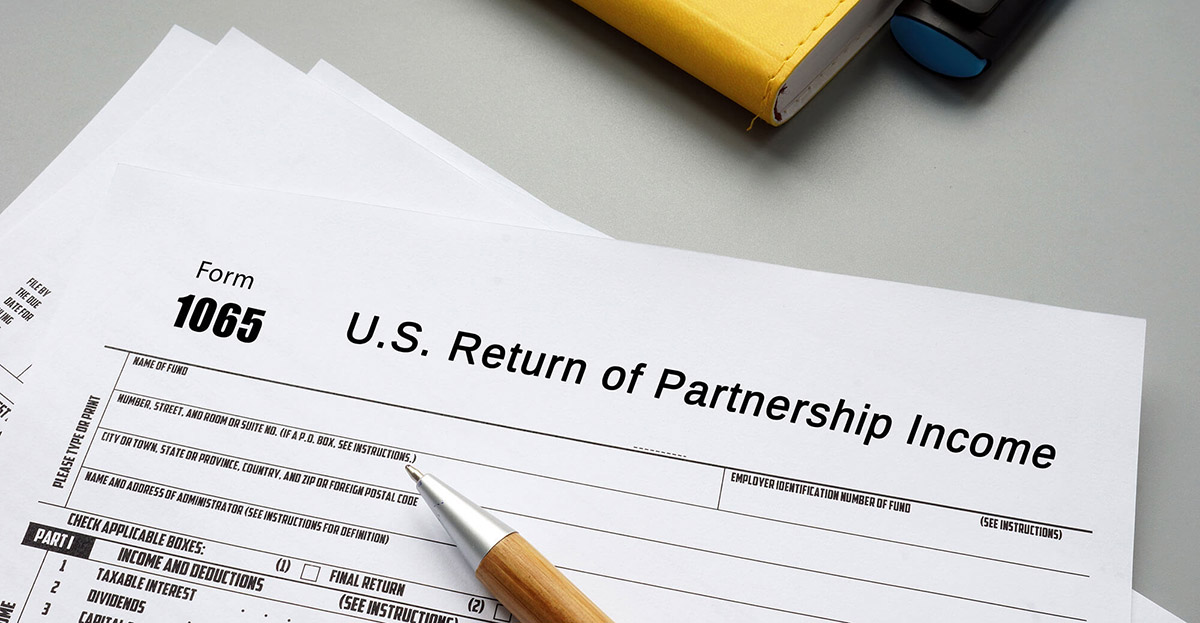

Finance
Which Tax Return Is Used By A Partnership?
Published: October 28, 2023
Learn which tax return is used by a partnership in the field of finance. Find out the important details and requirements to ensure accurate filing.
(Many of the links in this article redirect to a specific reviewed product. Your purchase of these products through affiliate links helps to generate commission for LiveWell, at no extra cost. Learn more)
Table of Contents
Introduction
In the world of finance, partnerships are a common business structure that allows two or more individuals to come together and share in the ownership, management, and profits of a company. Partnerships offer several advantages, including shared responsibility and the ability to combine different skills and resources.
However, being a partnership also means being subject to certain tax obligations. Partnerships are not considered separate taxable entities like corporations, which means they do not pay income tax directly. Instead, the income, deductions, credits, and other tax items flow through to the partners, who report them on their individual tax returns.
To ensure proper reporting and compliance with tax laws, partnerships are required to file a specific tax return known as Form 1065, also known as the U.S. Return of Partnership Income. This form provides the IRS with the necessary information to determine the partnership’s income, deductions, and tax liability.
In this article, we will explore the details of partnerships and their tax obligations. We will discuss the specific tax return used by partnerships, filing deadlines, and the consequences of failing to file a partnership tax return.
Definition of a Partnership
A partnership is a type of business structure where two or more individuals come together to engage in a profit-sharing venture. It is a flexible and popular form of business entity that allows partners to pool their resources, skills, and expertise to run a business collectively.
There are several key characteristics of a partnership that distinguish it from other business structures:
- Shared Ownership: In a partnership, each partner shares both the profits and losses of the business. The percentage of ownership is typically determined by the capital contributions or partnership agreement.
- Joint Decision-Making: Partners have an equal say in the management and decision-making process of the business. All partners have the authority to make decisions unless otherwise specified in the partnership agreement.
- Shared Liability: One significant aspect of partnerships is that the partners share legal and financial liability for the business’s debts and obligations. This means that if the partnership cannot meet its financial obligations, the partners’ personal assets may be at risk.
- Pass-Through Taxation: Unlike corporations, partnerships are not subject to double taxation. Instead, the partnership itself does not pay income tax. Instead, the profits and losses “pass through” to the partners, who report them on their individual tax returns.
Partnerships can take various forms, including general partnerships, limited partnerships (LP), and limited liability partnerships (LLP). Each type has its own set of advantages and legal implications, so it is essential for partners to carefully consider the most suitable structure for their business before forming a partnership.
Partnerships and Tax Returns
One of the key responsibilities of a partnership is to fulfill its tax obligations. Unlike corporations, partnerships do not pay income tax directly. Instead, the partnership files a specific tax return known as Form 1065, U.S. Return of Partnership Income, with the Internal Revenue Service (IRS).
Form 1065 is a comprehensive document that provides the IRS with important information about the partnership’s income, deductions, credits, and tax liability. It includes various schedules and forms that detail the partnership’s financial activities and allocate the income and deductions among the partners.
Partnerships are required to report both ordinary business income as well as capital gains or losses on Form 1065. The form also allows for the reporting of other types of income, such as rental income or interest income, if applicable to the partnership.
One crucial element of the partnership tax return is the Schedule K-1, Partner’s Share of Income, Deductions, Credits, etc. This schedule is prepared for each partner, outlining their share of the partnership’s income, losses, deductions, and credits. The information reported on Schedule K-1 is used by partners to report their share of the partnership’s tax items on their individual tax returns.
The Schedule K-1 also provides details about any distributions made to partners during the tax year. Partners must report these distributions, as they may have tax implications.
It is important for partnerships to accurately complete and timely file Form 1065 and provide each partner with their corresponding Schedule K-1. Failure to do so can result in penalties and potential examination by the IRS.
Additionally, partnerships with foreign partners or engaged in certain types of activities may have additional reporting requirements. It is advisable for partnerships to consult with a tax professional or accountant to ensure compliance with all relevant tax laws.
Form 1065: U.S. Return of Partnership Income
Form 1065, also known as the U.S. Return of Partnership Income, is the tax return that partnerships use to report their financial activity and determine their tax liability. This comprehensive form provides the Internal Revenue Service (IRS) with important information about the partnership’s income, deductions, credits, and other tax-related items.
When completing Form 1065, partnerships need to provide various details about their business, including its legal name, address, Employer Identification Number (EIN), and the type of partnership. Additionally, partnerships must indicate their accounting method and tax year, which is typically based on the calendar year.
The form is structured into several sections that gather specific information:
- Income: Partnerships must report all sources of income earned during the tax year, including sales revenue, interest income, rental income, and any partnerships or S corporations in which the partnership has an ownership interest.
- Deductions: Partnerships can deduct various expenses necessary for conducting their business, such as salaries, rent, utilities, office supplies, advertising costs, and professional fees.
- Cost of Goods Sold: If the partnership is engaged in the sale of goods and maintains an inventory, it must report the cost of goods sold, which includes the cost of acquiring or producing the goods sold during the tax year.
- Other Information: This section includes details about any cash or non-cash distributions made during the tax year, changes in ownership or partners, tax credits, and any other relevant information.
Along with Form 1065, partnerships must also provide each partner with a Schedule K-1, Partner’s Share of Income, Deductions, Credits, etc. This schedule outlines each partner’s share of the partnership’s income, losses, deductions, and credits. Partners use this information to report their share of the partnership’s tax items on their individual tax returns.
Partnerships are required to file Form 1065 by the 15th day of the third month following the close of their tax year. For example, if the partnership operates on a calendar year, the tax return is due by March 15th. However, partnerships can request an extension of up to six months by filing Form 7004.
It is important for partnerships to accurately complete Form 1065 and submit it by the due date to avoid penalties and potential scrutiny by the IRS. Seeking the assistance of a qualified tax professional or accountant can help ensure proper completion and compliance with all tax laws and regulations.
Schedule K-1: Partner’s Share of Income, Deductions, Credits, etc.
Schedule K-1 is a crucial component of a partnership’s tax return, Form 1065. It is used to report each partner’s share of the partnership’s income, deductions, credits, and other tax items. This schedule allows partners to accurately report their share of the partnership’s financial activity on their individual tax returns.
When preparing Schedule K-1, partnerships must provide detailed information about each partner, including their name, address, and taxpayer identification number (TIN). The schedule will also indicate the partner’s ownership percentage or interest in the partnership.
The schedule is divided into several sections, each capturing specific tax items:
- Income: This section reports each partner’s share of the partnership’s ordinary business income and other types of income, such as interest, dividends, and rental income.
- Deductions: Partnerships allocate deductions to the partners based on their ownership percentage. These deductions can include operating expenses, depreciation, business-related losses, and contributions to retirement plans.
- Credits: Partnerships may generate certain tax credits, such as the investment tax credit or the low-income housing credit. Schedule K-1 provides the partner’s share of these credits.
- Other Information: This section includes any other relevant tax items, such as foreign transactions, self-employment tax, and any tax-exempt income or distributions received by the partner.
Partnerships should ensure the accuracy of Schedule K-1, as any errors or discrepancies can lead to issues for both the partners and the partnership itself. It is important to properly calculate and allocate each partner’s share of the tax items based on the ownership percentages agreed upon in the partnership agreement.
Partnerships are responsible for providing each partner with their corresponding Schedule K-1 by the tax return filing deadline, which is typically March 15th. Partners then use this information to report their share of the partnership’s tax items on their individual tax returns.
It is crucial for partners to review the Schedule K-1 and understand its contents before completing their personal tax returns. In case of any confusion or uncertainty, partners should consult with a tax professional to ensure accuracy and compliance with tax laws.
Filing Deadlines for Partnership Tax Returns
Partnerships have specific filing deadlines for their tax returns to ensure timely reporting and compliance with tax laws. It is important for partnerships to be aware of these deadlines to avoid penalties and potential issues with the Internal Revenue Service (IRS).
The general deadline for filing a partnership tax return, Form 1065, is the 15th day of the third month following the close of the tax year. For partnerships operating on a calendar year basis, the tax return is typically due by March 15th.
Partnerships can request an extension of time to file their tax return by filing Form 7004, Application for Automatic Extension of Time to File Certain Business Income Tax, Information, and Other Returns. This extension grants an additional six months, extending the filing deadline to September 15th.
It is important to note that an extension of time to file the tax return does not grant an extension of time to pay any taxes owed. Partnerships must estimate their tax liability and pay any taxes owed by the original due date, which is typically March 15th. Failure to pay the taxes by the due date may result in penalties and interest.
Partnerships should also ensure that they provide each partner with their corresponding Schedule K-1, Partner’s Share of Income, Deductions, Credits, etc., by the tax return filing deadline. This schedule is used by partners to report their share of the partnership’s tax items on their individual tax returns.
It is essential for partnerships to meet the filing deadlines to avoid penalties. Late filing penalties can accrue at a rate of $200 per partner per month, with a maximum penalty of $2,000 per partner. Additionally, late payment penalties and interest may be imposed on any taxes owed that are not paid by the due date.
In certain cases, partnerships may have different filing deadlines if they have a fiscal year that does not coincide with the calendar year or qualify for specific extensions. It is advisable for partnerships to consult with a tax professional or accountant to determine the appropriate filing deadlines based on their specific circumstances.
By adhering to the filing deadlines and ensuring accurate and timely reporting, partnerships can fulfill their tax obligations and avoid potential issues with the IRS.
Consequences of Failing to File a Partnership Tax Return
Filing a partnership tax return, Form 1065, by the designated deadline is of utmost importance to ensure compliance with tax laws and avoid potential consequences. Failing to file a partnership tax return can result in several negative implications for the partnership and its partners.
Penalties for not filing a partnership tax return can be significant. The IRS imposes a late filing penalty on partnerships that fail to submit their tax return by the due date. The penalty accrues at a rate of $200 per partner per month, with a maximum penalty of $2,000 per partner. This penalty can quickly accumulate if the tax return remains unfiled for an extended period.
In addition to late filing penalties, partnerships may also face late payment penalties if they fail to pay any taxes owed by the original due date. The penalty for late payment is typically 0.5% of the unpaid tax liability per month, up to a maximum of 25% of the total tax owed.
Accrued interest is another consequence of failing to file a partnership tax return. The IRS charges interest on any unpaid taxes from the original due date until the balance is fully paid. The interest rate is determined quarterly and is compounding.
Aside from the financial penalties and interest, there can be other negative consequences of failing to file a partnership tax return:
- Audit Risk: Not filing a tax return raises red flags with the IRS, increasing the likelihood of being selected for an audit. An audit can be time-consuming, expensive, and potentially result in further penalties if issues are discovered.
- Loss of Deductions and Credits: Filing a tax return allows partnerships to claim deductions and credits they are entitled to. Failing to file means missing out on potential tax breaks that could reduce the partnership’s overall tax liability.
- Negative Impact on Partners: Partners may face personal consequences if the partnership fails to file a tax return. Without a properly filed partnership tax return and individual Schedule K-1, partners may have difficulty reporting their share of the partnership’s income, deductions, and credits on their individual tax returns.
- Legal Consequences: Persistent non-compliance with tax filing requirements can escalate to legal action by the IRS. This can result in legal penalties, including fines, asset seizures, and other legal consequences.
Partnerships should prioritize meeting tax filing obligations to avoid these consequences. Seeking the assistance of a tax professional or accountant can help ensure accurate and timely filing, minimizing the risk of penalties and facilitating compliance with tax laws.
Conclusion
Partnerships are a popular business structure that allows individuals to join forces and share in the ownership and management of a business. However, partnerships also come with specific tax obligations that must be fulfilled to comply with tax laws.
Understanding the requirements and processes involved in partnership tax returns is essential to avoid penalties and ensure accurate reporting. Form 1065 serves as the primary tax return for partnerships, providing detailed information about the partnership’s income, deductions, credits, and tax liability. Each partner’s share of these tax items is reported on Schedule K-1, which is provided to partners for use on their individual tax returns.
Partnerships must adhere to specific filing deadlines to avoid penalties. The tax return deadline for partnerships is typically the 15th day of the third month following the close of their tax year. Extensions may be granted by filing Form 7004, but any taxes owed must still be paid by the original due date to avoid additional penalties and interest.
Failing to file a partnership tax return can have significant consequences, including financial penalties, interest charges, increased audit risk, loss of deductions and credits, negative impacts on partners, and potential legal consequences. It is crucial for partnerships to prioritize timely and accurate filing to avoid these adverse outcomes.
To ensure compliance and mitigate potential risks, partnerships are encouraged to seek the assistance of tax professionals or accountants who are well-versed in partnership taxation. These professionals can provide guidance, help navigate complex tax laws, and ensure accurate reporting and tax compliance.
By fulfilling their tax obligations and staying up to date with partnership tax return filings, partnerships can maintain good standing with the IRS, avoid penalties, and focus on the growth and success of their business.

